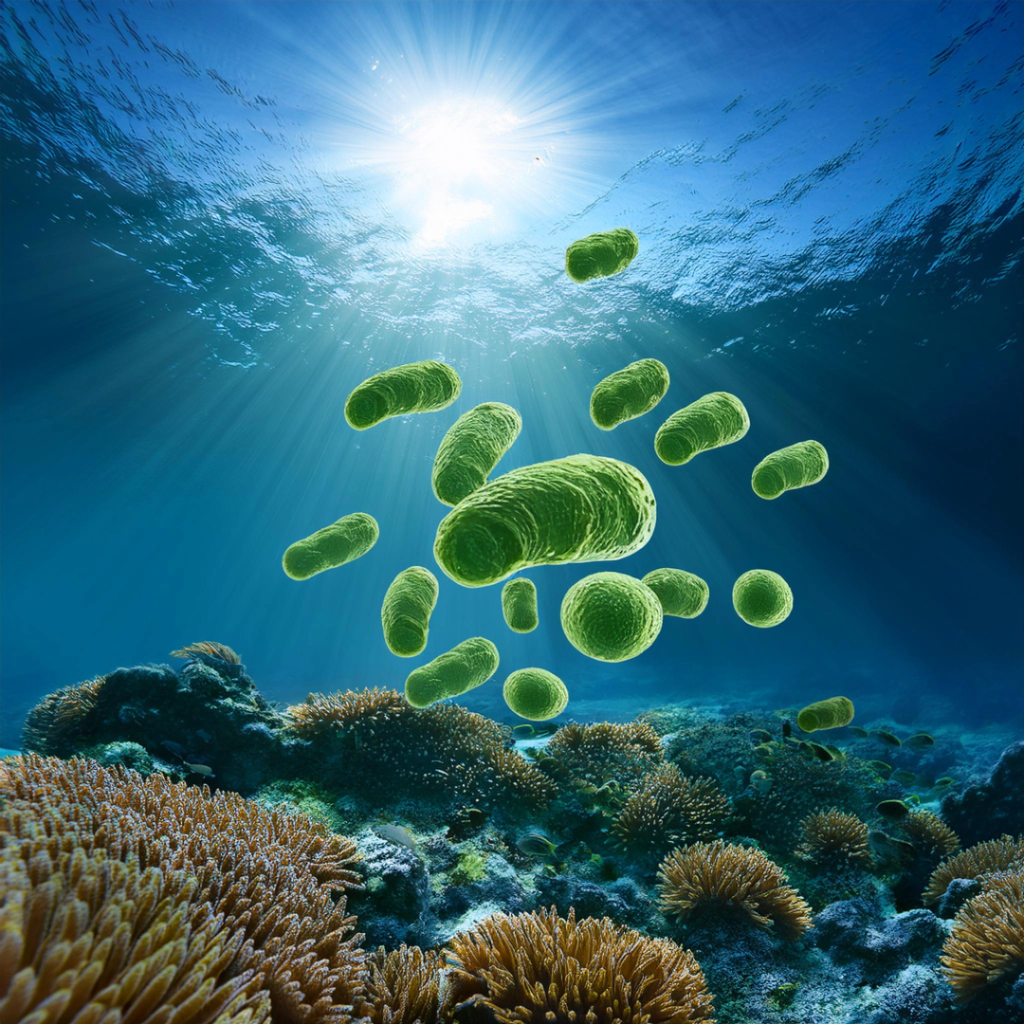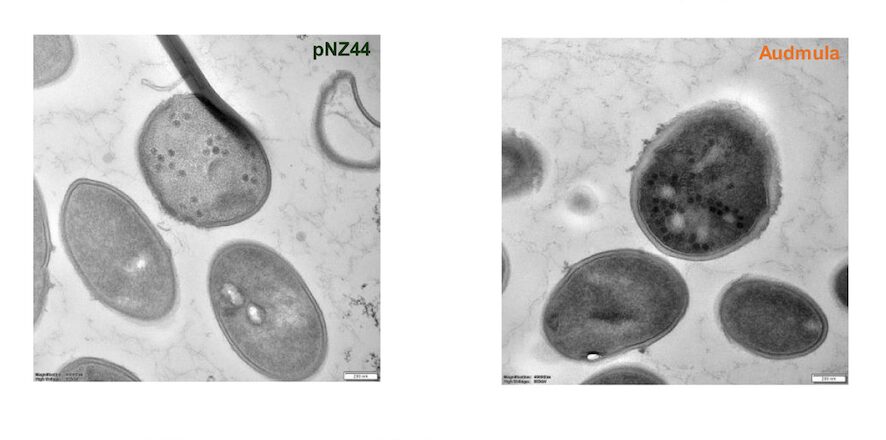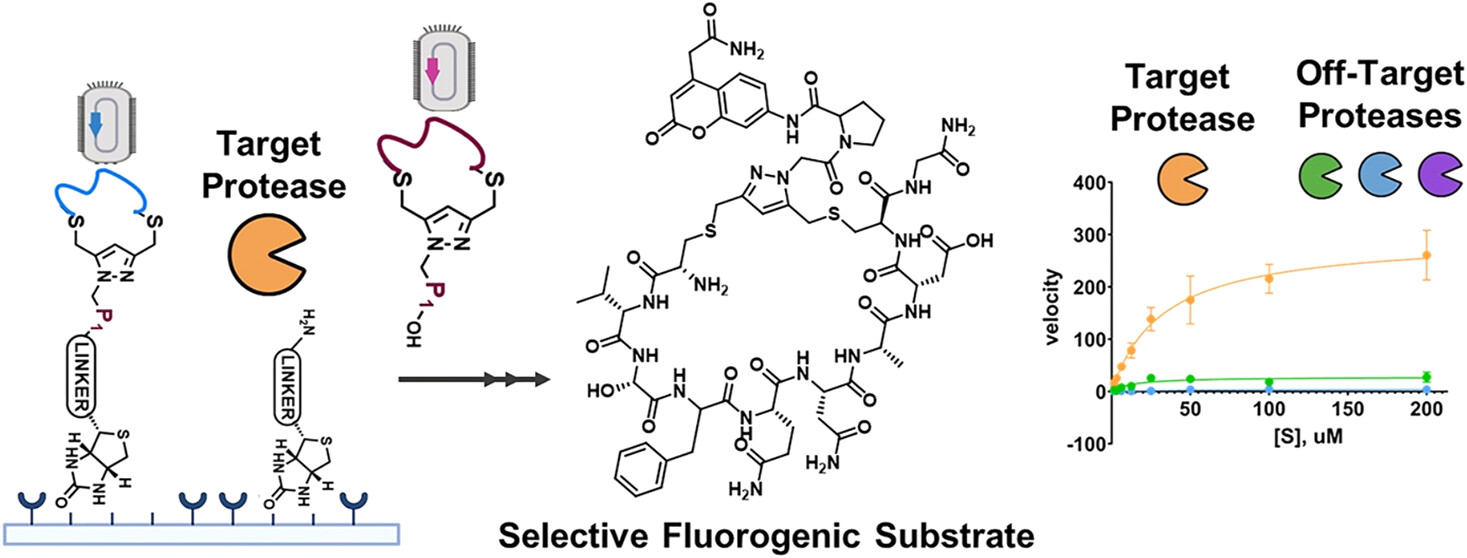
Our oceans are teeming with tiny life forms that are vital to Earth’s health, yet most of us never notice them. Among these microscopic creatures are phytoplankton—tiny powerhouses that drive ocean photosynthesis and form the foundation of the marine food web. Scientists from Tufts University, Lawrence Berkeley National Laboratory, Wake Forest University, and ETH Zürich have delved into the hidden world of marine microbes and viruses, uncovering details in the initial stage of phage infection.
Small Microbes, Major Environmental Impact
While land plants are well-known for their photosynthetic role, in the oceans, single-celled phytoplankton are responsible for much of this process. One major player is Synechococcus, a type of picocyanobacteria, which might be small, but plays an outsized role. These organisms contribute significantly to global photosynthesis, helping to capture carbon dioxide and recycle essential nutrients throughout the ocean.
A New Perspective on Phages in the Ocean
In past research, phages in the ocean were mostly studied for their ability to break down cells, releasing nutrients when they cause them to burst. However, this new study shifts focus to what happens before this destruction occurs. When phytoplankton become infected, they don’t just wait to break apart—they undergo changes right away, sending out chemical signals that have a significant impact on the marine food web.
Chemical Signals that Attract Attention
One of the most intriguing findings of the study is that infected phytoplankton begin releasing chemical cues soon after they are infected by viruses. These cues act as a beacon, drawing other bacteria towards the infected cells long before they die. This discovery suggests that the early stages of infection can influence the ecosystem as much as the final breakdown of the cells.
Pioneering Tools for Innovative Research
To get a better understanding of these processes, the researchers created a new device capable of detecting the tiniest interactions. This tool, known as a “multiplexed chemotaxis device,” allowed them to observe how various bacteria react to the signals from infected phytoplankton. The team identified specific chemicals that act like magnets for bacteria, providing new insights into the delicate balance of ocean ecosystems.
Implications for Climate Science
This study goes beyond basic marine biology—it has significant implications for our understanding of climate regulation. The ocean plays a critical role in absorbing carbon, and microorganisms like phytoplankton are key to this process. But because their interactions, especially with viruses, have been poorly understood, climate models have lacked precision. This new data helps fill those gaps, offering a more complete view of how tiny marine organisms impact our climate.
Opening the Door to Future Discoveries
This research reveals that viruses don’t just destroy—they actively influence how marine ecosystems function long before the final stages of infection. These findings provide a clearer picture of the ocean’s food web and open up new possibilities for understanding the role of microscopic life in our planet’s climate. The study is just the beginning of a deeper dive into the unseen forces shaping the health of our oceans.
Here is the link to the published article Henshaw, R.J., Moon, J., Stehnach, M.R. et al. Metabolites from intact phage-infected Synechococcus chemotactically attract heterotrophic marine bacteria. Nat Microbiol (2024). https://doi.org/10.1038/s41564-024-01843-2



Leave a Reply
You must be logged in to post a comment.